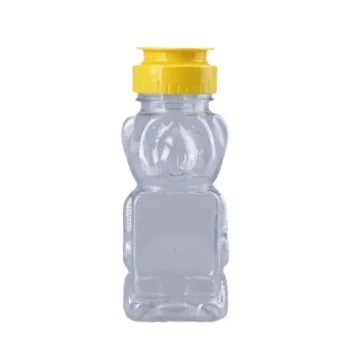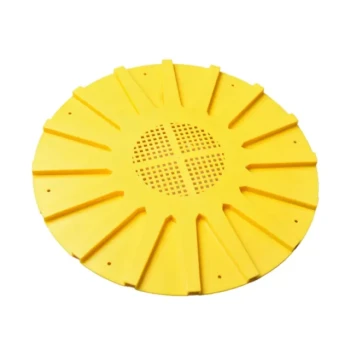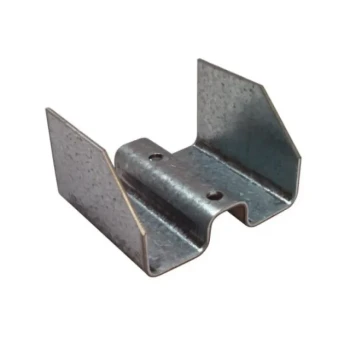In short, twelve bees will produce approximately one teaspoon of honey in their entire lifetime. This seemingly small amount is the result of a lifetime of tireless foraging, with each individual bee contributing only a fraction of a drop to the colony's reserves.
The question shifts our perspective from the hive to the individual. While a colony produces pounds of honey, the contribution of any single bee is astonishingly small, highlighting that honey production is a monumental team effort, not an individual achievement.
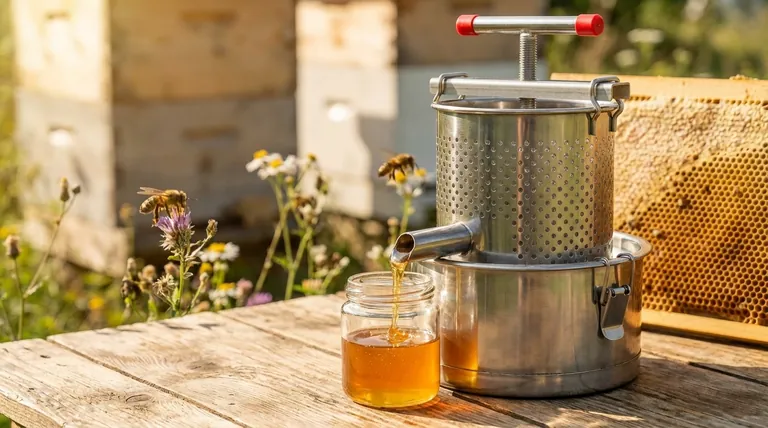
Unpacking the Economics of a Honeybee
To truly understand this figure, we need to look at the factors governing a single bee's life and work. The amount of honey produced is not a simple calculation; it's the end result of lifespan, environment, and biology.
A Bee's Lifetime Contribution
A single worker bee, during its short life, produces on average only 1/12th of a teaspoon of honey.
This tiny quantity is the culmination of thousands of flights and visits to millions of flowers.
The Foraging Lifespan
The lifespan of a worker bee is surprisingly short, especially during the busy summer months. A worker bee born during the primary nectar flow season may only live for five to six weeks.
Her final weeks are spent as a forager, flying hundreds of miles to gather the nectar needed for honey production.
The Journey from Nectar to Honey
Honey isn't simply collected; it's manufactured. Bees collect nectar, which is about 80% water, and transport it back to the hive.
Inside the hive, bees pass the nectar mouth-to-mouth, adding enzymes and reducing its water content through evaporation until it becomes the thick, stable substance we know as honey.
The Colony: A Honey Production Superorganism
Focusing on twelve bees can be misleading. No bee works for itself; it works for the survival of the colony. The hive functions as a single, coordinated entity to produce and store the vast amounts of honey needed to survive winter.
The Power of the Collective
A healthy honeybee colony can contain 20,000 to 60,000 bees. It is this massive workforce operating in unison that allows for significant honey production.
Annual Hive Production
A strong hive can produce 60 to 100 pounds (about 27 to 45 kg) of surplus honey in a good season. This is the amount a beekeeper can harvest without harming the colony.
The bees produce even more than this for their own consumption, especially to survive the winter when no nectar is available.
Understanding the Trade-offs and Realities
The "one teaspoon" figure is a powerful average, but it's subject to many variables. Real-world production is never this clean-cut.
Environmental Factors are Key
The availability and quality of nectar sources are the biggest variables. A bee in a flower-rich meadow will be far more productive than one in an urban or arid environment.
Weather and Seasonal Impact
Poor weather, such as excessive rain or cold, can keep bees confined to the hive, drastically reducing their foraging time and, therefore, their honey output.
Health of the Bee and Colony
Diseases, pests like the Varroa mite, and poor nutrition can all weaken a bee, shortening its lifespan and reducing its capacity to forage effectively.
Applying This to Your Understanding
The key is to reframe the value of a bee from its individual output to its role within a complex system.
- If your primary focus is appreciating the scale of nature: Recognize that the jar of honey in your pantry represents the life's work of thousands of individual bees and millions of flight hours.
- If your primary focus is understanding ecological systems: See the honeybee's work not just as honey production, but as a critical component of pollination that sustains entire ecosystems.
- If your primary focus is beekeeping: This knowledge reinforces that a healthy, thriving population is the only path to a productive hive, as the contribution of any single bee is minuscule.
Ultimately, the work of twelve bees reminds us that immense outcomes are often the result of small, consistent, and collaborative efforts.
Summary Table:
| Metric | Detail |
|---|---|
| Honey from 12 Bees | ~1 teaspoon (lifetime total) |
| Honey from 1 Bee | ~1/12th of a teaspoon |
| Forager Bee Lifespan | 5-6 weeks (summer) |
| Healthy Hive Honey Production | 60-100 lbs (surplus per season) |
| Bees in a Healthy Hive | 20,000 - 60,000 bees |
Empower Your Apiary's Collective Strength with HONESTBEE
Just as a single bee's contribution is small but vital to the hive's success, the right equipment is fundamental to your apiary's productivity. A healthy, thriving colony requires reliable, high-quality supplies to maximize its incredible natural potential.
HONESTBEE supplies commercial apiaries and beekeeping equipment distributors with the durable, efficient tools needed to support these superorganisms. From essential hive components to protective gear, our wholesale-focused operations ensure you get the robust supplies your business depends on.
Ready to strengthen your operation? Contact HONESTBEE today to discuss your wholesale needs and discover how our equipment can help your colonies thrive.
Visual Guide
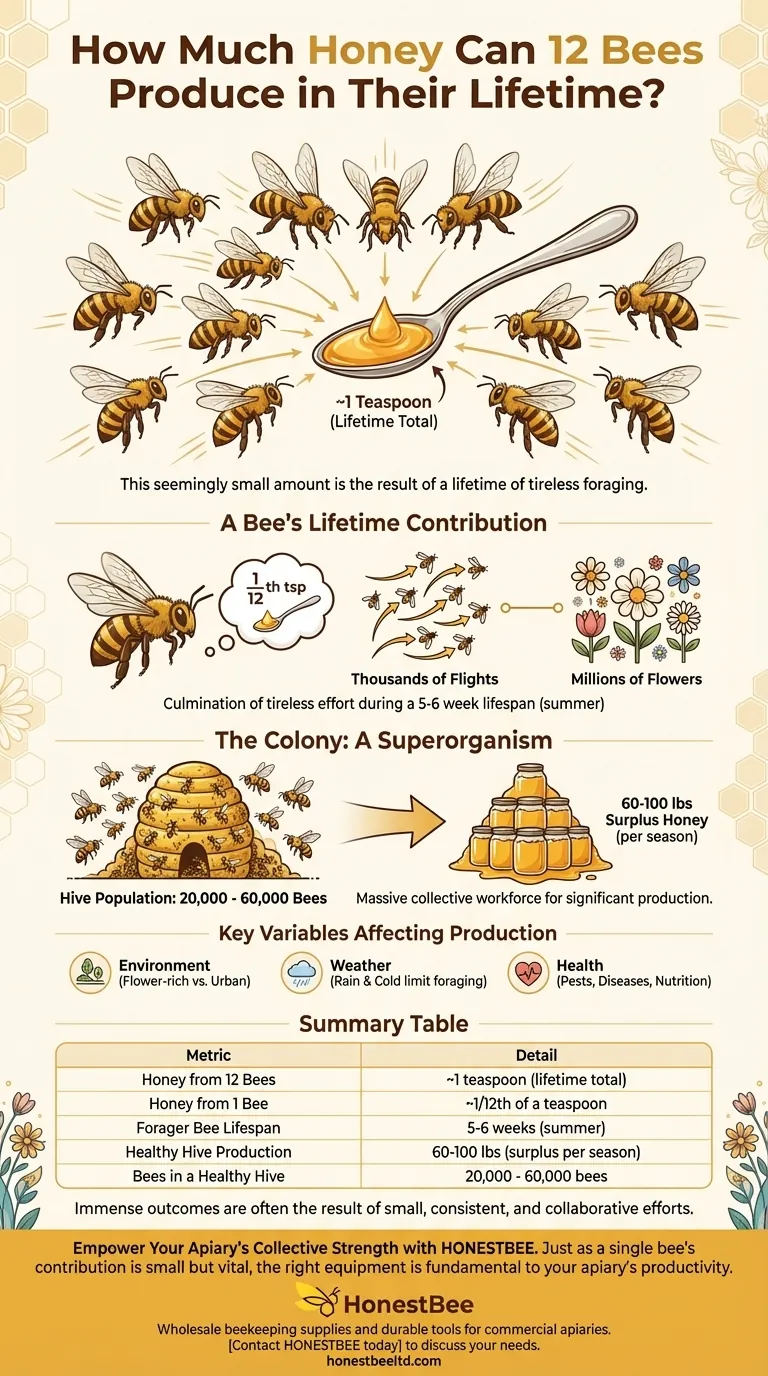
Related Products
- Stainless Steel Honey Press Wax Press with Tank
- Stainless Steel Manual Honey Press with Guard for Pressing Honey and Wax
- Electric Flatting and Embossing Machine with Tray for Beekeeping
- Professional Galvanized Hive Strap with Secure Locking Buckle for Beekeeping
- Honey Wax Separating Wax Press with Metal Screw Wax Separator Machine
People Also Ask
- What are the multipurpose functionalities of a honey press? Versatile Harvesting for Beekeepers & Homesteaders
- What are the key features of a honey press? Maximize Yield with Durable, Efficient Extraction
- How does the press method for extracting honey work? A Simple, Low-Cost Guide for Beekeepers
- How do you press honey out of a comb? A Simple Guide to the Crush and Strain Method
- What are the main differences between centrifugal extractors and honey presses? A Guide for Commercial Apiaries






